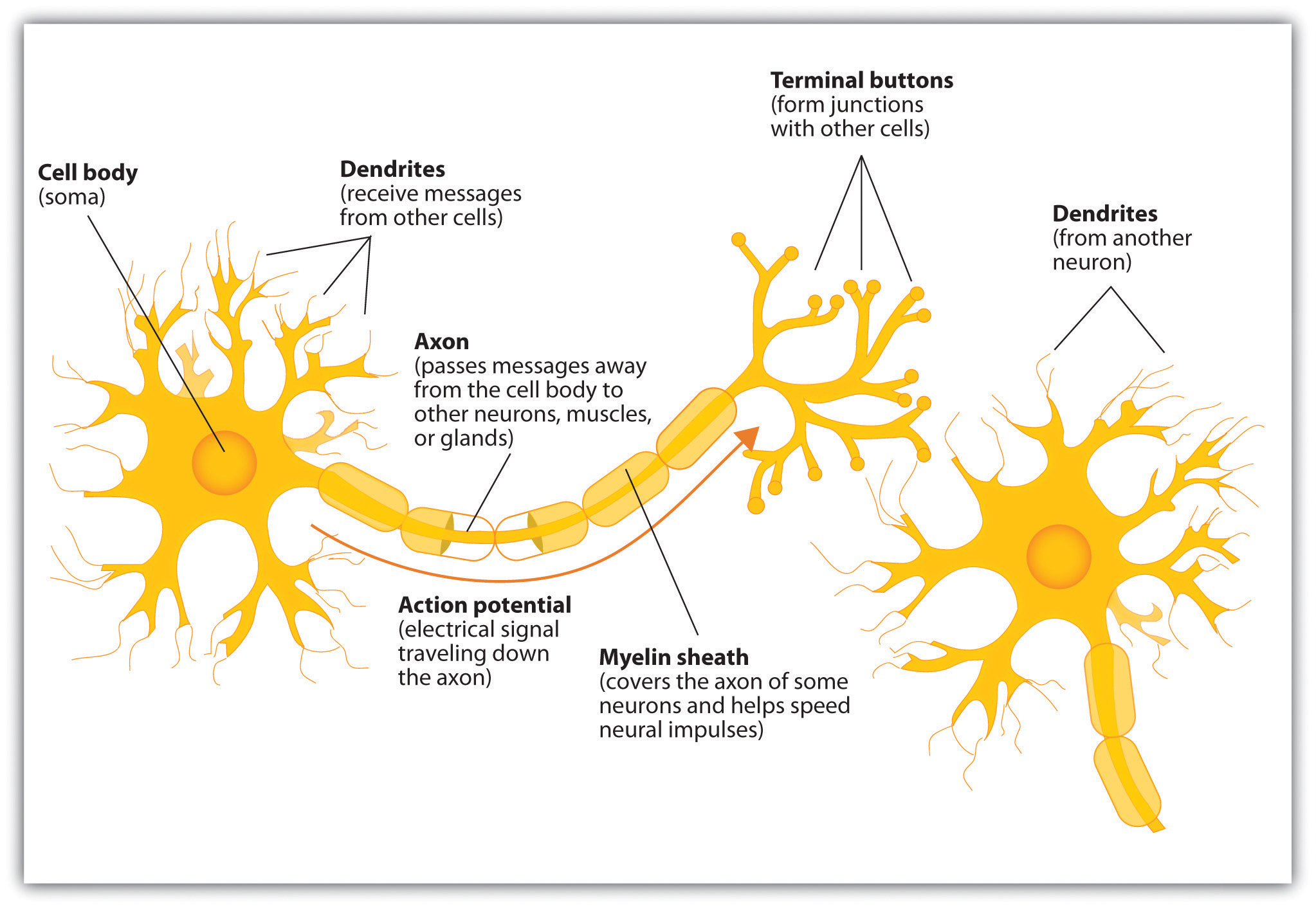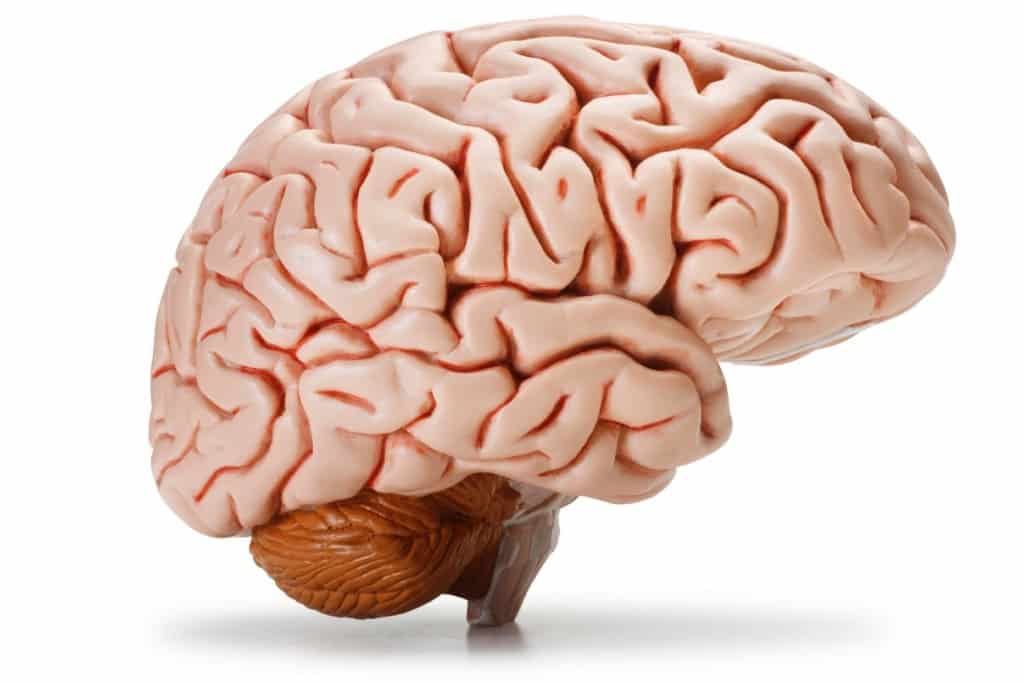The
brain is the most complex part of the human body. This three-pound
organ is the seat of intelligence, interpreter of the senses, initiator
of body movement, and controller of behavior.

The brain can be divided into three basic units:
- The forebrain,
- The midbrain, and
- The hindbrain



The forebrain is the largest and most highly developed part of the human brain.
The hindbrain controls the body’s vital functions such as respiration and heart rate.
The
cerebrum sits at the topmost part of the brain and is the source of
intellectual activities. It holds your memories, allows you to plan,
enables you to imagine and think. It allows you to recognize friends,
read books, and play games.
When one side of the brain is damaged, the opposite side of the body is affected.
The Inner Brain
The
hypothalamus (10), about the size of a pearl, directs a multitude of
important functions. It wakes you up in the morning, and gets the
adrenaline flowing during a test or job interview.
Near
the hypothalamus lies the thalamus (11), a major clearinghouse for
information going to and from the spinal cord and the cerebrum.
NEURON
Neurons are the core components of the brain and spinal cord of the central nervous system (CNS).
Functions of the three parts of a neuron:

→ Axon: It conducts messages away from the cell body.
→ Dendrite: It receives information from axon of another cell and conducts the messages towards the cell body.
→ Cell body: It contains nucleus, mitochondria, and other organelles. It is mainly concerned with the maintenance and growth.

Post a Comment
Post a Comment